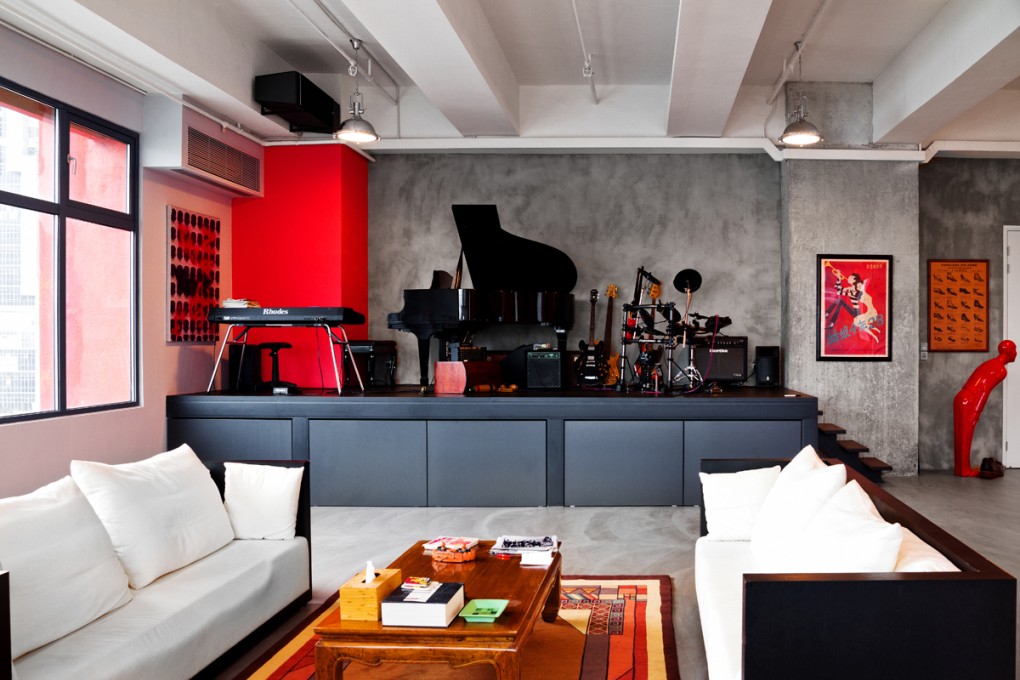Mezza forte: Making the most of mezzanines
A Chai Wan warehouse conversion with three mezzanines has everything its owner needs for work and play

Robert Gilman played a waiting game for a year and a half before finally persuading the owner of a nondescript industrial space in Chai Wan to sell it to him. Having been forced to vacate “an incredible old apartment” on Tai Hang Road because his landlord wanted it back, Gilman was determined to acquire the cavernous 5,000 sq ft unit for a work and entertainment space that would supplement a home nearby.
Before receiving the keys, however, he had to wait an additional four months, to allow the seller time to find somewhere else.
That interlude allowed Gilman, the 52-year-old chief executive of a highend Italian fashion house, to set about redesigning the bare shell, despite having had no formal training other than the oversight of store makeovers for his group. He drew up plans for a unique sanctuary that makes the most of the 15- foot-high ceilings with three eye-catching mezzanine areas overlooking specially carved-out spaces. And those shop projects obviously taught him how to economise: the total cost for his warehouse conversion came in at HK$1.5 million, at the low end of his estimate.
The secret? “I sourced a lot from China myself,” says the Tunisian, who first came to the region 30 years ago, to study Chinese literature at Peking University.
“Most of the ‘heavy’ materials, such as windows, tiles and cabinets, come from Shenzhen, or Tmall, or Alibaba.